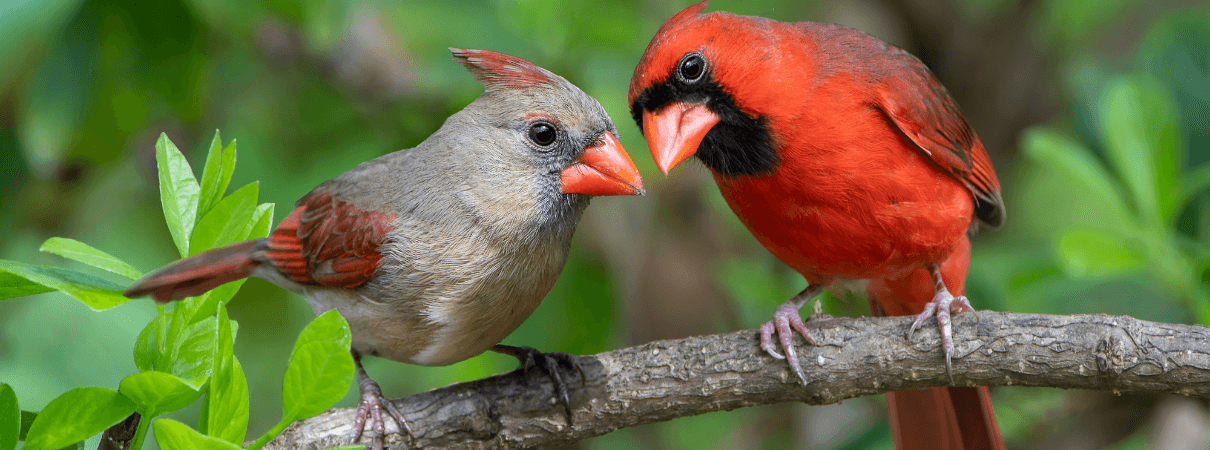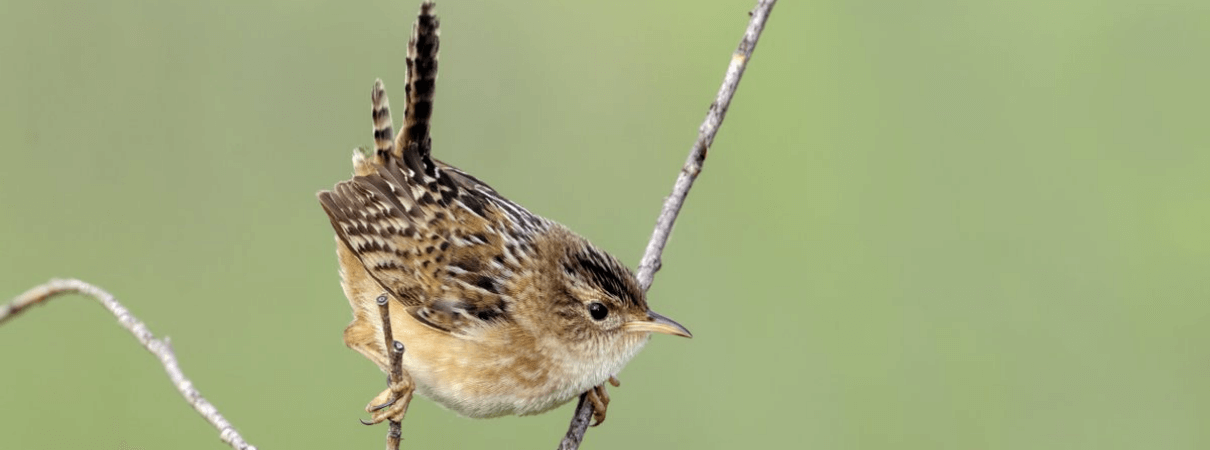Not Just “Our” Birds: Widespread Songbirds of the U.S. and Canada … and Beyond!
Many birders and naturalists know that scores of bird species in the U.S. and Canada aren't really “our birds,” in the sense that they are migratory and don't live here year-round. In fact, many of “our” birds, including most warblers and tanagers and even a few raptors like the Broad-winged Hawk, spend seven months in the tropics and only five months north of the Rio Grande.
But some of “our” birds have populations that live and breed south of the U.S., and don't migrate up here for the summer at all. These are birds that do have populations that breed in the U.S. or Canada, so we sometimes consider them to be “ours,” but these species also nest outside these countries.
It's common knowledge among birders that many waterbirds (including some herons and egrets), hawks (species like the Swallow-tailed Kite or Osprey), and even the Acorn Woodpecker, have populations that live and breed elsewhere in the Americas. But there are also a good number of songbirds — passerines — that also breed beyond our borders. Some of these, in fact, are widespread across the Americas. You may be surprised at where some of these familiar birds live!

Male and female Northern Cardinal. Photo by Bonnie Taylor Barry/Shutterstock.
This list does not include songbirds that occur in the Southwest. Many of those, like the Colima Warbler or Grace's Warbler, also live year-round in Mexico, or even farther south. Instead, here I will focus on species that nest across the U.S. and Canada but also farther south than northern Mexico.
Mexico and Northern Central America
Pines, oaks, and sweetgum trees are native plants in the Americas as far south as Nicaragua and Costa Rica. And some of “our birds” can be found with them along the entirety of the trees' southern range.
Yellow-rumped Warblers live and breed in the mountains of western Mexico south to Durango state, and then skip south to highlands in Chiapas and western Guatemala. These Yellow-rumped Warblers are sedentary; they don't migrate at all.
The Yellow Warbler is a very widespread species in the Americas, with four groups of subspecies. The most widespread, the “Northern” Yellow Warbler, is the one in our yards and parks here in the U.S. and Canada, and it also has breeding populations all the way south through Mexico to Puebla state, south of Mexico City. The other three subspecies groups are mainly tropical in distribution.

Yellow Warbler. Photo by John L. Absher/Shutterstock.
The Northern Cardinal is the most common bird year-round at my backyard feeder in Northern Virginia, but cardinal populations live all the way to the Yucatán Peninsula, reaching southern Mexico, northern Guatemala, and Belize. The Northern Mockingbird, Carolina Wren, and Red-winged Blackbird also have populations this far or even farther south.
The White-breasted Nuthatch, Brown Creeper, and Steller's Jay are species that often live in areas with conifers. The nuthatch lives all the way to southern Mexico, but the creeper and jay have populations that reach beyond there, and are found living year-round in the highlands of Middle America as far south as northern Nicaragua.
Eastern Bluebirds have nested in a box in my backyard, but they also like open, park-like habitats all the way to the lowland pine savannas of eastern Nicaragua, where they can be found in the same areas as Hepatic Tanagers, Grace's Warblers — and Scarlet Macaws.

Eastern Bluebird bathing. Photo by Kevin M. McCarthy/Shutterstock.
The Common Raven is one of the most widespread songbirds in the world (yes, technically it is a songbird), with populations across Eurasia and in the New World from Canada's High Arctic south to Honduras and western Nicaragua. The Common Raven is both the northernmost and southernmost crow (genus Corvus) in the New World.
Middle and South America
The Eastern Meadowlark is best known as a farm and pasture bird of the eastern U.S. and southeastern Canada, but this species also lives in Cuba, Middle America, and northern South America, including the mouth of the Amazon River!
All the Way Down
Two of our wrens are among the most widespread songbirds in the world.
In the U.S. and Canada, Sedge Wrens are migratory, but there are nonmigratory Sedge Wrens in Middle America and in the mountains of northern South America. The Sedge Wren is also widespread in the more temperate parts of southern South America, in Chile and Argentina, Uruguay, and southern Brazil, breeding all the way to Cape Horn.

Sedge Wren. Photo by Tim Zurowski/Shutterstock.
Many of the bird species we see in North America were discovered and named in North America, even if they are widespread elsewhere. This is true of most of the species mentioned in this blog. The Sedge Wren is an exception: It was discovered and named in Argentina, which is hinted at in its scientific name platensis, indicating it was discovered on the Río de la Plata in Buenos Aires.
The House Wren is probably the winner in our “Most Widespread Songbird of the Americas” category. Besides nesting in backyard boxes — in my backyard, it fights the Eastern Bluebirds for control of these nesting spots — it lives from the middle of Canada through Middle America, into the Lesser Antilles, and all the way south to Tierra del Fuego and the Falkland Islands!
So, when you see some common birds around your house — and not just the migratory ones — perhaps you'll now think of some of them as avian ambassadors, representing their kind over a larger stretch of the Americas than you might have previously imagined.
 | David Wiedenfeld is ABC's Senior Conservation Scientist. |


















































